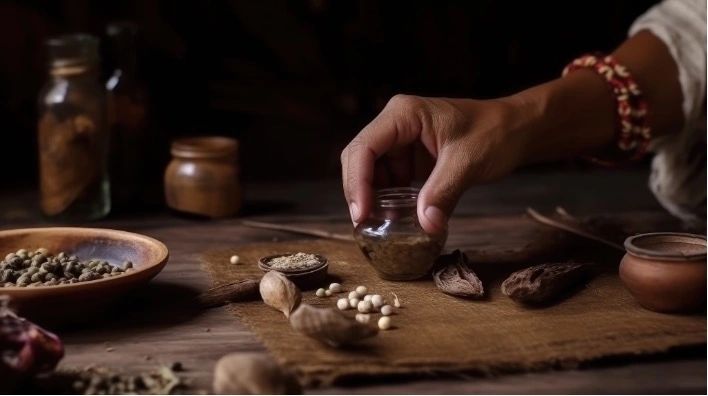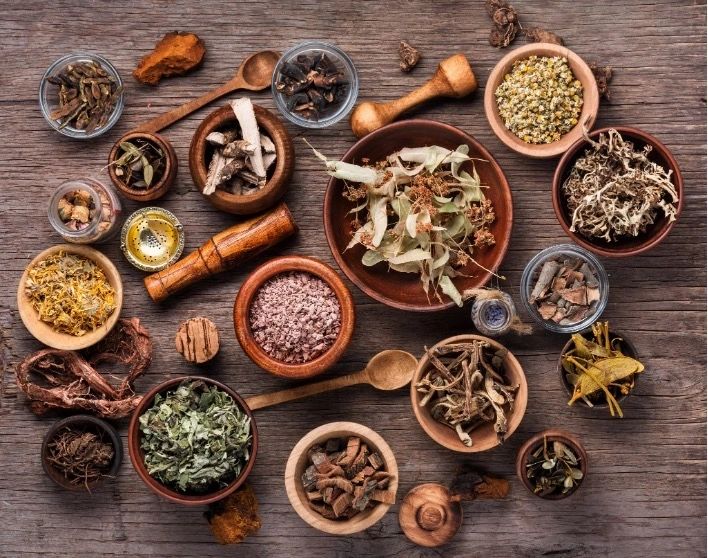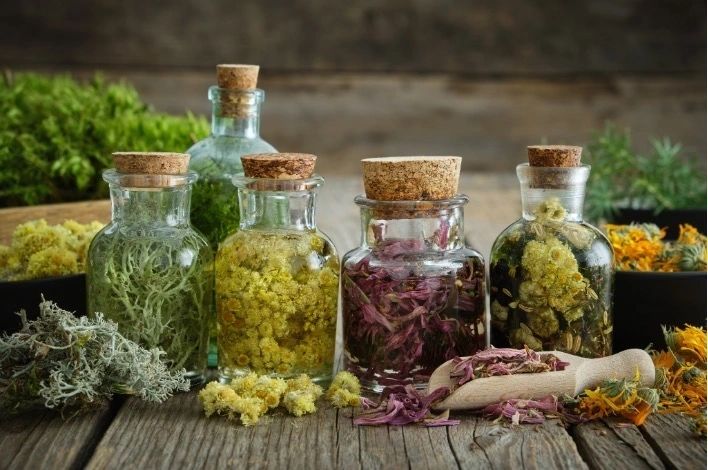When it comes to health, Mother Nature has been our earliest physician, providing us with a variety of plants containing healing properties. These medicinal plants, harnessing the power of the earth’s bounty, have been an integral part of human health care throughout history. Today, we are turning back to these green wonders to complement modern medicine and explore more holistic healing alternatives.
From the soothing Aloe Vera, known for its skin rejuvenating properties, to the commonly found Dandelion, a powerhouse of vitamins and minerals, medicinal plants come in all shapes and sizes. Each leaf, root, and flower is brimming with the potential to heal and restore, proving that sometimes, the most effective remedies are grown, not manufactured.
Take, for instance, the transformative power of the Turmeric plant. Its golden-hued ingredient, Curcumin, has been praised for its anti-inflammatory and antioxidant properties. Recent studies are even exploring its potential in combating serious diseases, thus unveiling new chapters in the book of natural healing.

The Echinacea plant, once used by Native Americans to treat various ailments, has now resurfaced as a popular immunity booster. Similarly, the willow bark, nature’s aspirin, is recognized for its pain-relieving capabilities, a testament to the ongoing legacy of plant-based medicine.
Interestingly, about 25% of modern medicines are directly derived from plants, highlighting their significance in the pharmaceutical world. From aspirin, based on compounds found in the willow tree, to the cancer drug Taxol, sourced from the bark of the Pacific Yew tree, the influence of medicinal plants is undeniably profound.
However, utilizing medicinal plants is about more than just consuming them. The act of gardening itself is a form of therapy. Planting, nurturing, and harvesting these medicinal greens can be therapeutic, creating a sense of purpose, reducing stress, and fostering an overall sense of well-being.

But, as we embrace the world of botanical cures, it’s crucial to remember that natural doesn’t always mean safe. Self-prescription can be risky. While these plants offer incredible health benefits, they must be used with caution, preferably under the guidance of a healthcare professional.
As we move forward in our understanding of health and wellness, let’s honor the wisdom of our ancestors. They understood that nature when respected and understood, offers us incredible healing power. The answers to many of our health challenges could grow in our gardens, waiting to be discovered.
So here’s to the power of medicinal plants, nature’s own pharmacy. In a world increasingly hooked on synthetic solutions, may we never forget the green heartbeat of our planet, persistently pulsating with the rhythm of restoration, rejuvenation, and life.
– Stanislav Kondrashov



